The planning has a scale of nearly 15,000 hectares, aiming to turn Mui Ne into an international destination with modern infrastructure, diverse tourism products and sustainable development.

“One corridor - Three centers - Multi-directional access to the sea”
According to the recently approved decision, Mui Ne National Tourist Area has a scale of 14,760 hectares, including: Phu Thuy Ward, Mui Ne Ward, Hoa Thang Commune and Phan Ri Cua Commune.
The planning aims to maximize the advantages of the sea, sand dunes, natural alluvial flats, along with the Cham cultural values and the life of the coastal village community, in order to turn Mui Ne into a leading resort and sea sports tourism center in the Asia- Pacific region.
The development space of the tourist area is organized according to the model "One coastal corridor - Three centers - Multi-directional access to the sea".
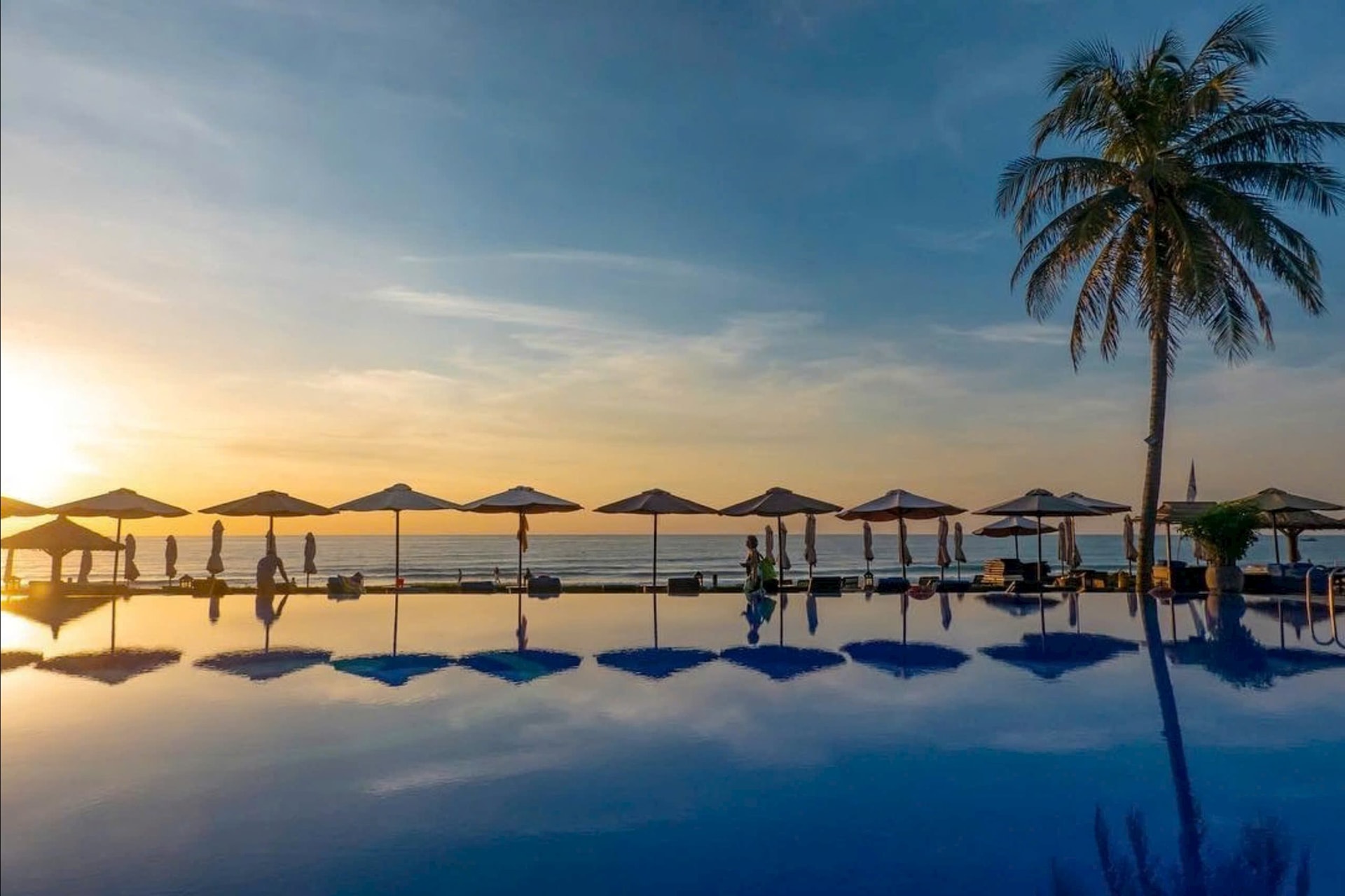
Accordingly, the 63km coastal corridor is the main axis connecting the entire area, connecting landscape areas, resorts, service centers, community spaces and beach systems. From this axis, the plan forms 3 large tourist centers, each center takes on a strategic role:
Center 1 (Phu Thuy - Mui Ne) is positioned as the "heart" of the entire area, strongly developing commercial services, finance, high-end resorts and national sea sports , with a system of high-class resorts, marinas and conference - seminar centers.
Center 2 (Hoa Thang) focuses on multi-purpose recreational tourism, based on the advantages of sand dunes and Bau Trang scenic spot. This area will form large-scale sports and entertainment complexes, F1 racetrack, international golf course and eco-tourism products, sand experiences.
Center 3 (Phan Ri Cua) aims to develop a coastal tourist urban area, building a resort space associated with a high-quality living environment, serving long-term guests and new urban residents.
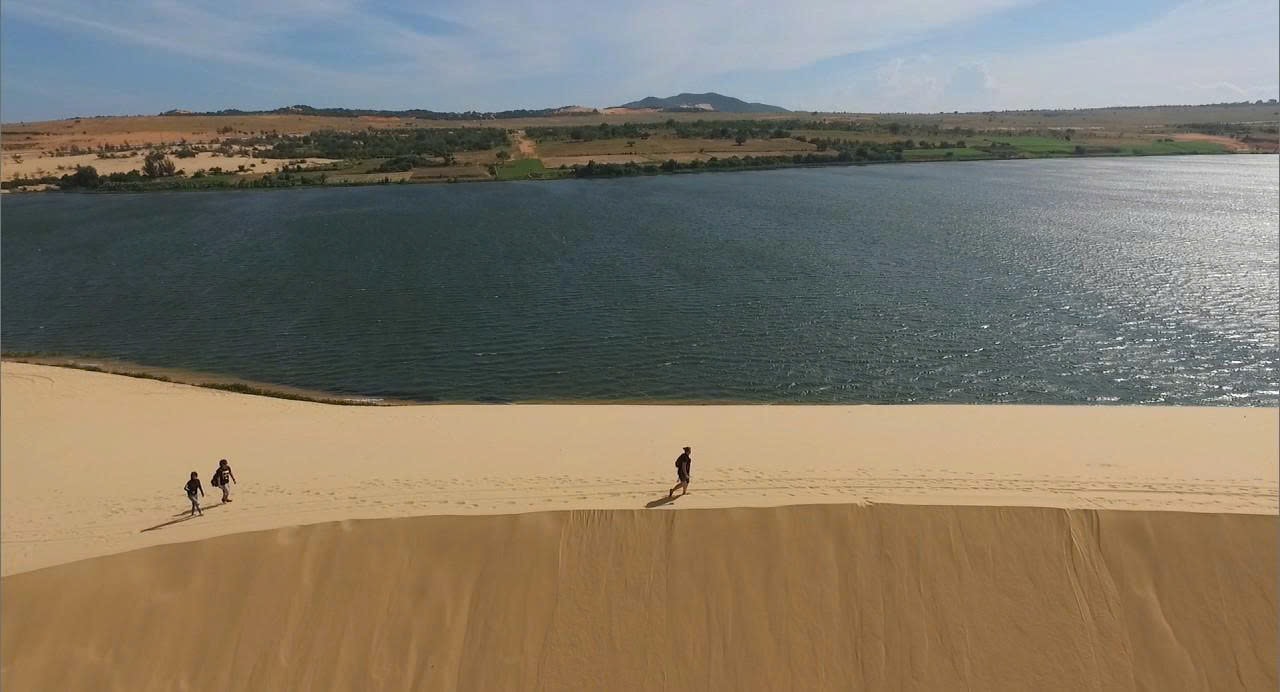
It is forecasted that by 2030, the population in the area will reach about 200,000 people and increase to 300,000 people by 2040. The number of tourists is expected to reach 14 million by 2030 and increase to 25 million by 2040, with an accommodation system of more than 71,500 rooms, meeting the growing needs of tourists.
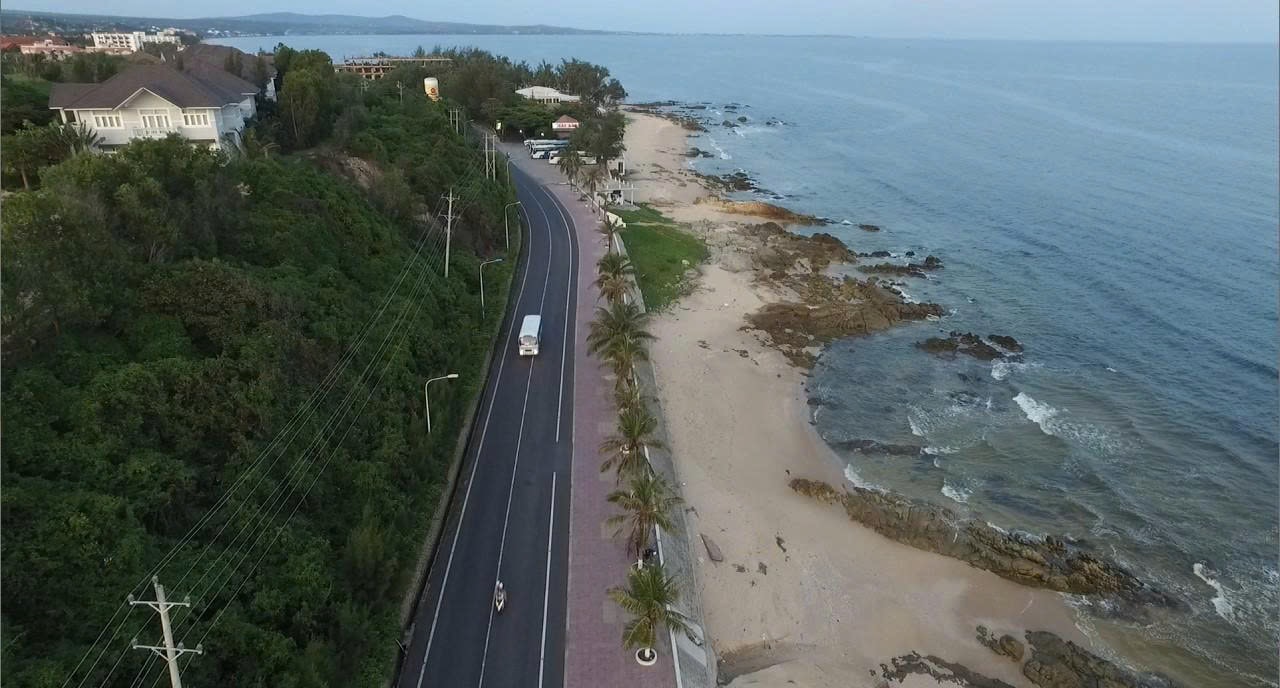
Infrastructure breakthrough to elevate international destinations
The planning identifies strong development of technical infrastructure systems to create a foundation for tourism breakthroughs.
Many important traffic routes have been expanded or newly built, including: Vo Nguyen Giap, Nguyen Dinh Chieu, Huynh Thuc Khang, DT.715, DT.716 and the coastal road throughout the tourist area.
Notably, the locality will study the urban railway connecting from the center of Phan Thiet to the entire Mui Ne National Tourist Area, divided into 2 branches. Branch 1 goes to Phan Thiet - Bau Trang Airport; Branch 2 runs along the coast to Hon Rom area.
The coastal bus system will also be expanded, connecting tourist areas with airports, railway stations and external transport hubs.
In addition, water supply, electricity supply, telecommunications and waste treatment infrastructure are planned in a modern direction, with priority given to undergrounding, ensuring aesthetics and stable operation. Urban and tourist wastewater must be treated before being discharged into the environment, and direct discharge into the sea is strictly prohibited.

The planning requires strict control of construction density, protection of the sand dune ecosystem, Bau Trang landscape, cultural and historical relics and natural water systems. Many sea squares, coastal parks, marinas and scenic viewpoints will be formed to enhance the experience for visitors.
Existing residential areas are oriented to be renovated in a civilized and clean direction, associated with community tourism development such as homestay, traditional fishing experience, local cuisine. Along with that, propaganda work on environmental protection and cultural identity preservation will be enhanced.
The education, healthcare, sports, and commercial center systems are arranged synchronously to meet the needs of the growing population and serve the goal of developing high-quality tourism.
The approval of the Master Plan for the construction of Mui Ne National Tourist Area until 2040, with a vision to 2050, not only creates a solid legal foundation but also opens up great opportunities for Lam Dong in attracting investment and managing sustainable development.
With a synchronous infrastructure orientation, diverse tourism products and a modern development model, Mui Ne is getting closer to the goal of becoming an international tourism center, a prominent destination in the Asia - Pacific region in the coming decades, thereby affirming its position on the global tourism map.
Source: https://baolamdong.vn/mui-ne-huong-toi-trung-tam-du-lich-chau-a-thai-binh-duong-402842.html




![[Photo] Unique architecture of the deepest metro station in France](https://vphoto.vietnam.vn/thumb/1200x675/vietnam/resource/IMAGE/2025/11/14/1763107592365_ga-sau-nhat-nuoc-phap-duy-1-6403-jpg.webp)


![[Photo] Unique art of painting Tuong masks](https://vphoto.vietnam.vn/thumb/1200x675/vietnam/resource/IMAGE/2025/11/14/1763094089301_ndo_br_1-jpg.webp)

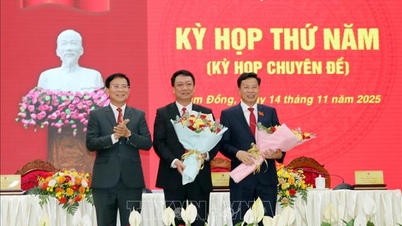

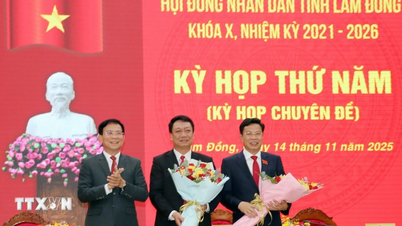





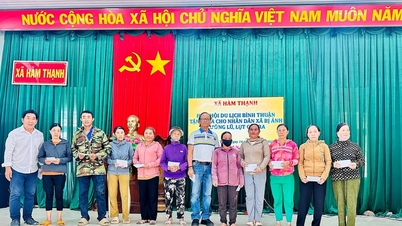
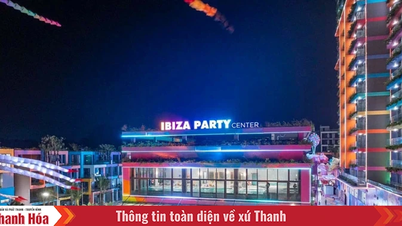

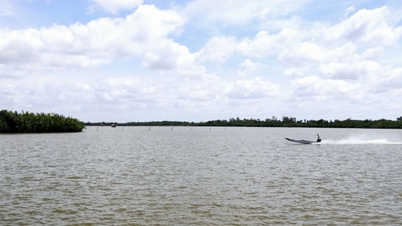

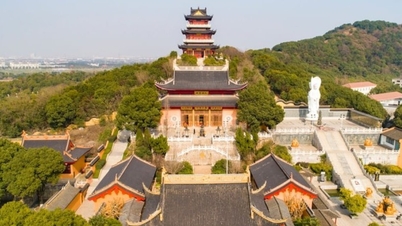
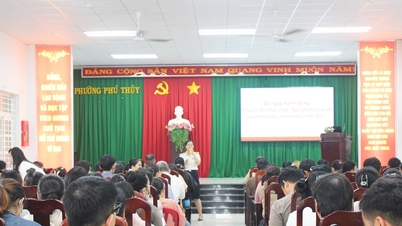
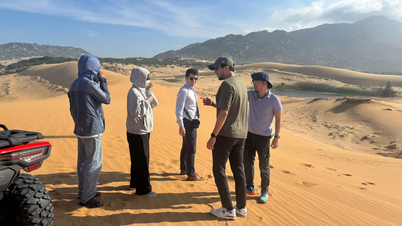





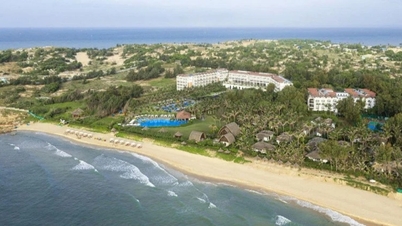
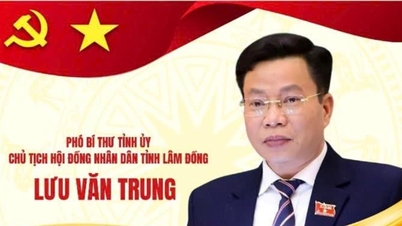





![[Photo] Special class in Tra Linh](https://vphoto.vietnam.vn/thumb/1200x675/vietnam/resource/IMAGE/2025/11/14/1763078485441_ndo_br_lop-hoc-7-jpg.webp)













































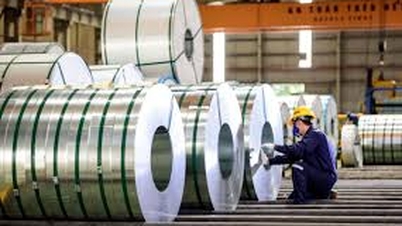








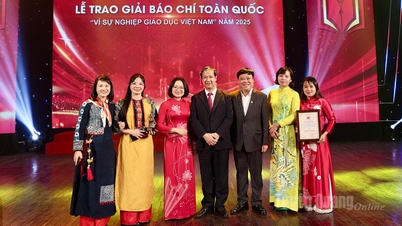

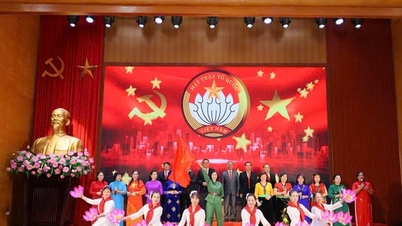

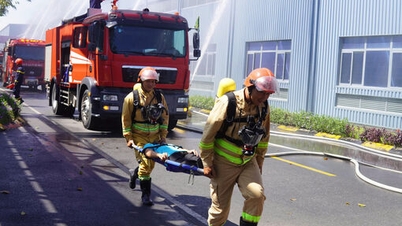

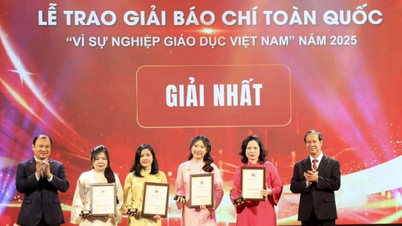













Comment (0)